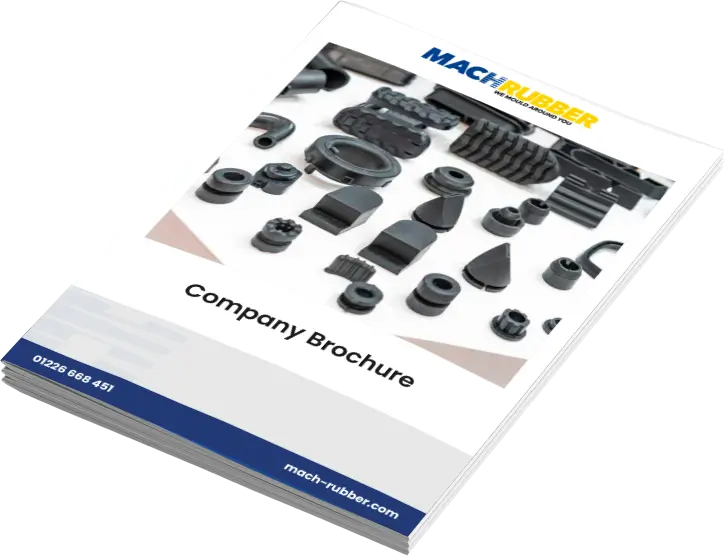Rubber to Metal Bonding
MACH Rubber’s Rubber to Metal Bonding services; precision engineering for ultimate performance in diverse applications.
Rubber to Metal Bonding
With an in-house team of experienced engineers and manufacturers, MACH Rubber provide expert rubber to metal bondings services, manufacturing a wide range of components for clients across the UK.
Drawing from years of experience, our diligent process ensures all our finished products possess ultimate strength and durability. We continue to invest in the very latest rubber to metal bondings equipment and machinery and produce high quality components for the automotive and construction industries.
Bonding Silicone Rubber to Metal
At MACH Rubber, we use a four step process when bonding silicone, EPDM or neoprene rubber to metal (depending on the finished product’s environment and use), to ensure we deliver the most durable, highest quality end product every time.
The first step is substrate cleaning. Before we coat a substrate with an adhesive, we provide a full clean, ensuring we do not leave behind any oils or grime from the fabrication process.
Next, we prime the rubber with a grey primer coat, sprayed slightly wider than the area occupied by the black topcoat which will be applied.
The next step is the most important part of the rubber moulding process – bonding. First, we position the metal component within a mould. We then inject the mould with a heated, almost molten, uncured rubber, in a process known as rubber injection moulding.
Finally, we cure the rubber. After setting it in the mould, we trim as necessary and leave the rubber to dry and cure. Once completely dry, the process is finished and your component is ready.
Can’t find what you’re looking for?
If it’s not on our website, it doesn’t mean we don’t do it. Rubber to metal bondings? No problem. We are forever investing in the very latest 3D design technology and our highly skilled design technicians are on hand to give to a free, no obligation quote.
Rubber to metal bonding is a MACH Rubber speciality across all of our clients’ industries; automotive, dairy, oil & gas, petrochemical etc., and, to put it quite simply, the combination of rubber and metal offers unique advantages. One of the primary benefits of rubber to metal bonding is the ability to combine the flexibility and vibration resistance of rubber with the strength and stability of metal. This allows for the creation of products that can withstand extreme conditions and perform in diverse applications.
The automotive and motorsport industry, for example, extensively uses rubber to metal bonding for various components such as engine mounts, suspension bushings, and sealing gaskets. These bonded parts help reduce vibrations, noise, and wear, resulting in improved vehicle performance and comfort. Rubber to metal bonding also provides excellent insulation against electrical currents, making it ideal for applications in electronics and electrical equipment.
Another advantage of rubber to metal bonding is the ability to ‘insert’ metal fixtures and fittings into the rubber component.
Rubber to metal bonding – when a single component needs to contain the properties of both the rubber and the metal, for instance flexibility and toughness.

Download Our Company Brochure
Please enter your name and email to access our company eBrochure.
